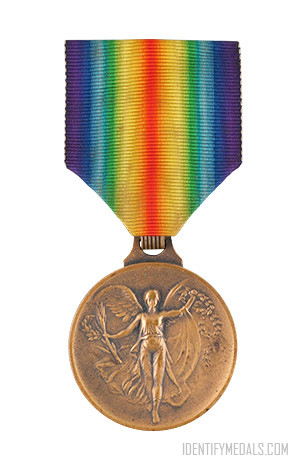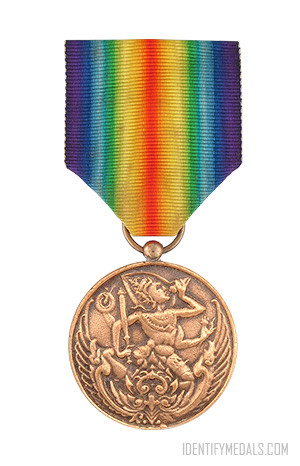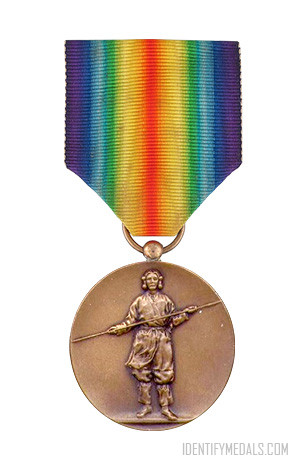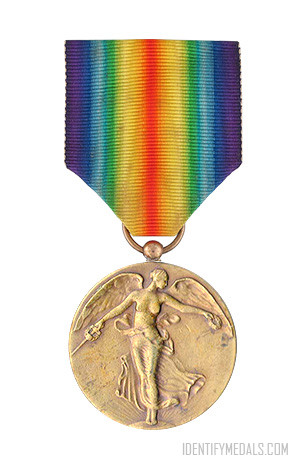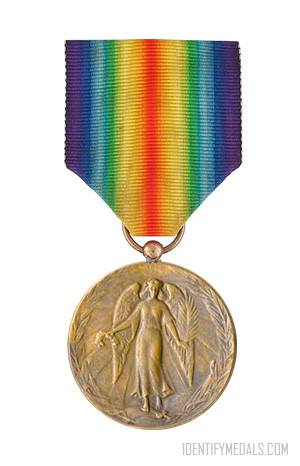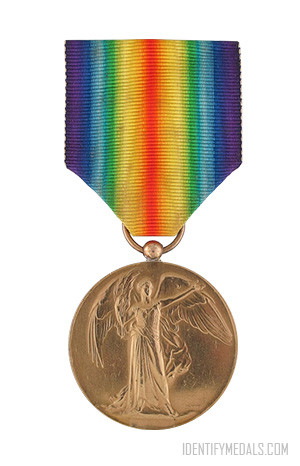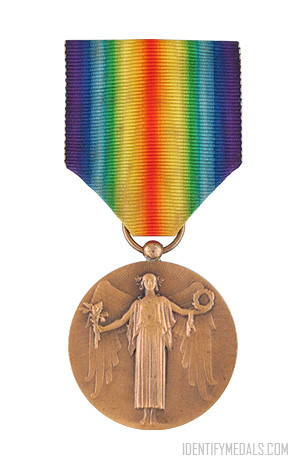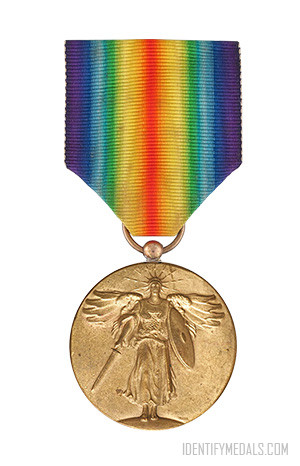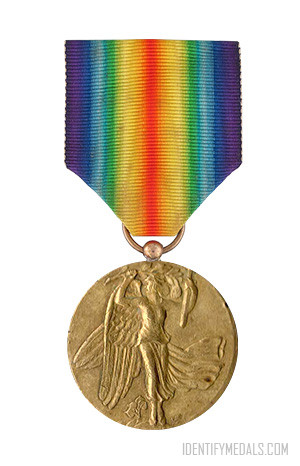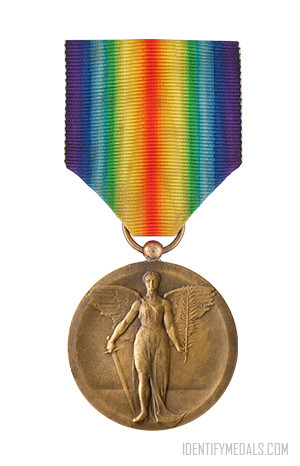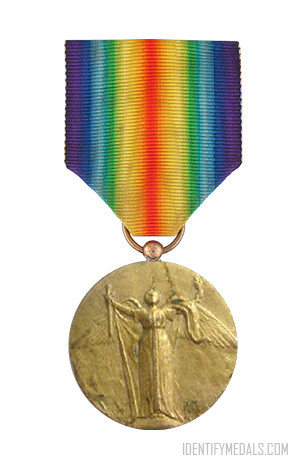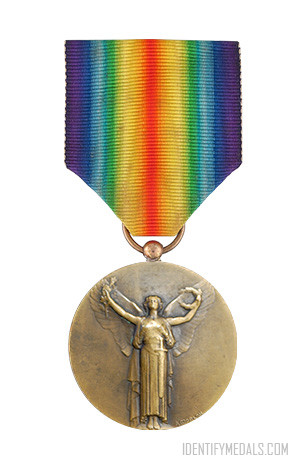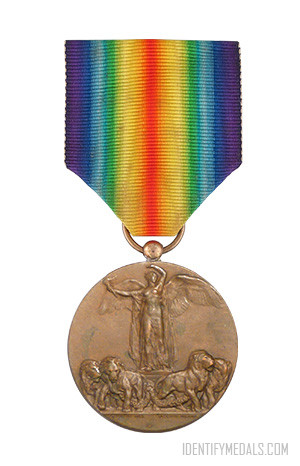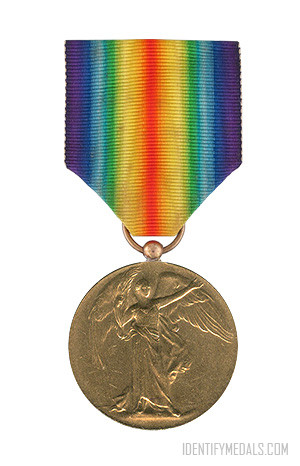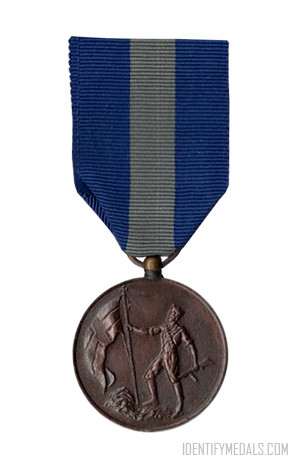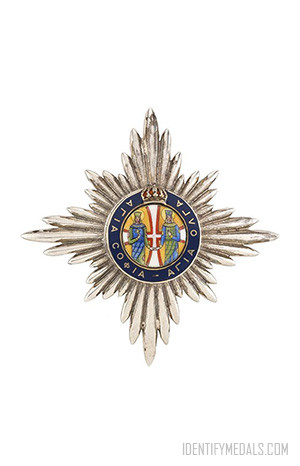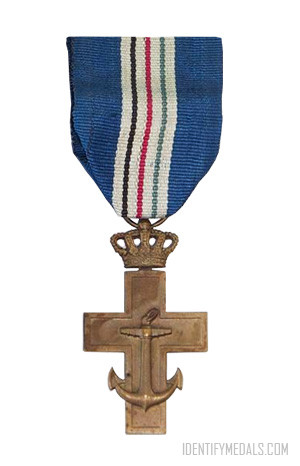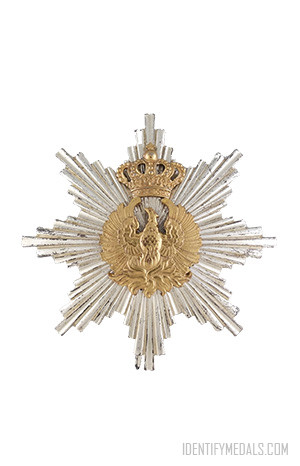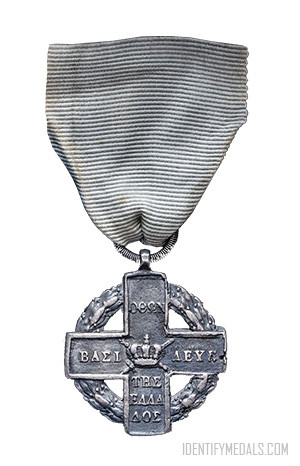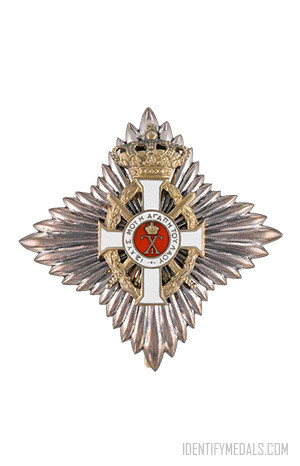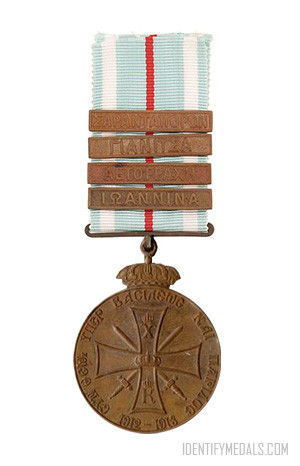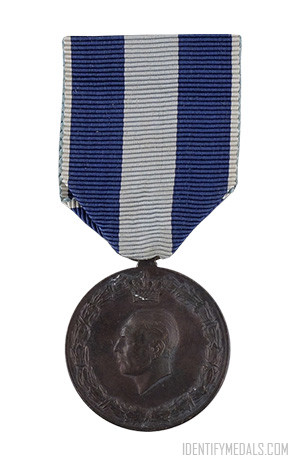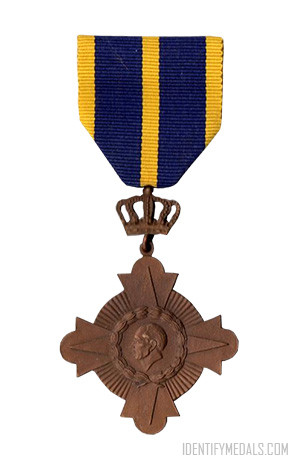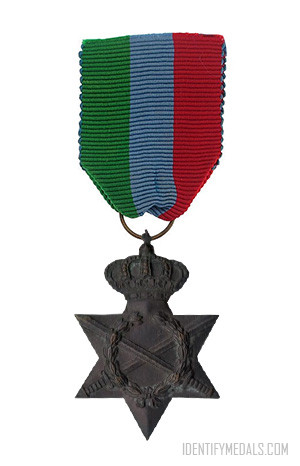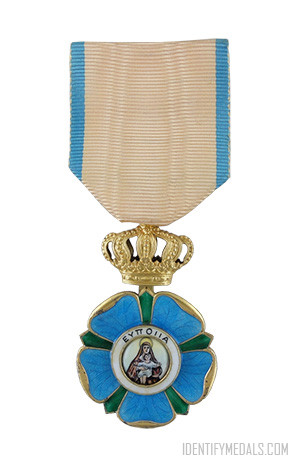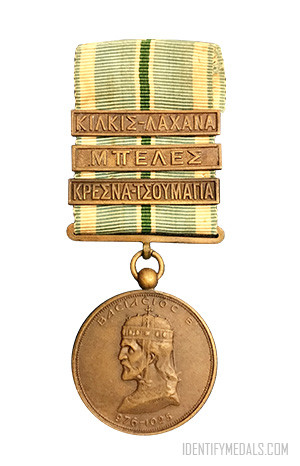The Allied Victory Medal was recommended by an inter-allied committee in March 1919. Fourteen victorious countries finally awarded the medal after World War I, and each allied nation would design a ‘Victory Medal’ for award to their own nationals. Certain features were to be shared: a winged figure of Victory on the obverse and the same ribbon.
For most of the war, Greece was officially neutral. Finally in 1918 Greece sided with the allies, sending 230,000 troops to fight in Macedonia. The Greek Victory medal followed the proposal made by French Marshal Ferdinand Foch, who was the supreme commander of the Allied Forces during the war. It was instituted on 22nd September 1920 and was awarded to military personnel who had served at least 3 months active service or had been wounded in action, died of wounds or had been killed in action and to sailors with service of at least a year between 14th June 1917 and 25th November 1918. Approximately 200,000 medals were issued.
The Inter-Allied Victory Medal Design
The Victory Medal measures 36 millimetres (1.4 in) in diameter and was designed by William McMillan. The design and ribbon was also adopted by Belgium, Brazil, Cuba, Czechoslovakia, France, Greece, Italy, Japan, Portugal, Romania, Siam, Union of South Africa and the USA. Each allied nation would design a ‘Victory Medal’ for award to their own nationals, all issues having certain common features, including a winged figure of victory on the obverse and the same ribbon.
The obverse of the medal bears the winged, full-length figure of Victory designed by Henry-Eugène Nocq (1868–1944), a recognized French sculptor and medalist who lived in Paris, where the medal was also struck. The image of Victory was modeled after the 5th Century BCE statue of Nike by Paionios. The reverse bears “The Great War for Civilization” in Greek, and an infant Hercules wrestling with two snakes. The tablet in the center reads “Allies and Comrades” and lists the allied nations.
The 39 millimeters (1.5 in) wide watered ribbon has an iridescent color scheme, with the violet moving through to a central red stripe where both schemes meet. It attaches to the medal through a ring suspender. The recipient’s name, rank, service number and unit were impressed on the edge of the medal. The name of the regiment or corps was omitted on medals awarded to Army officers.

